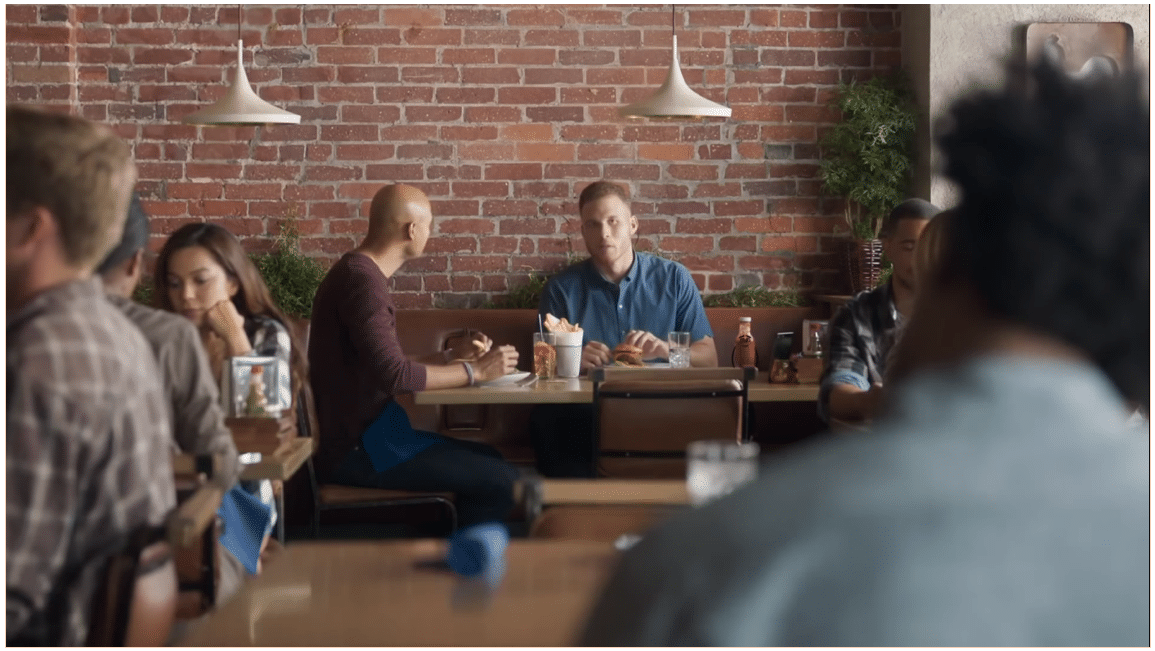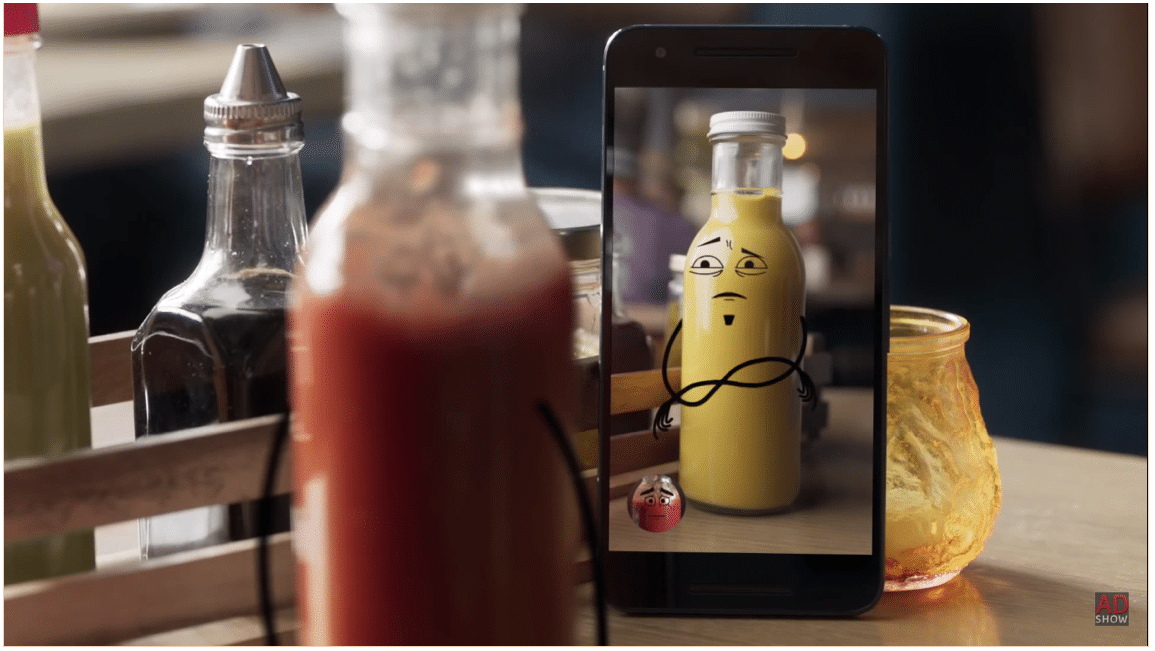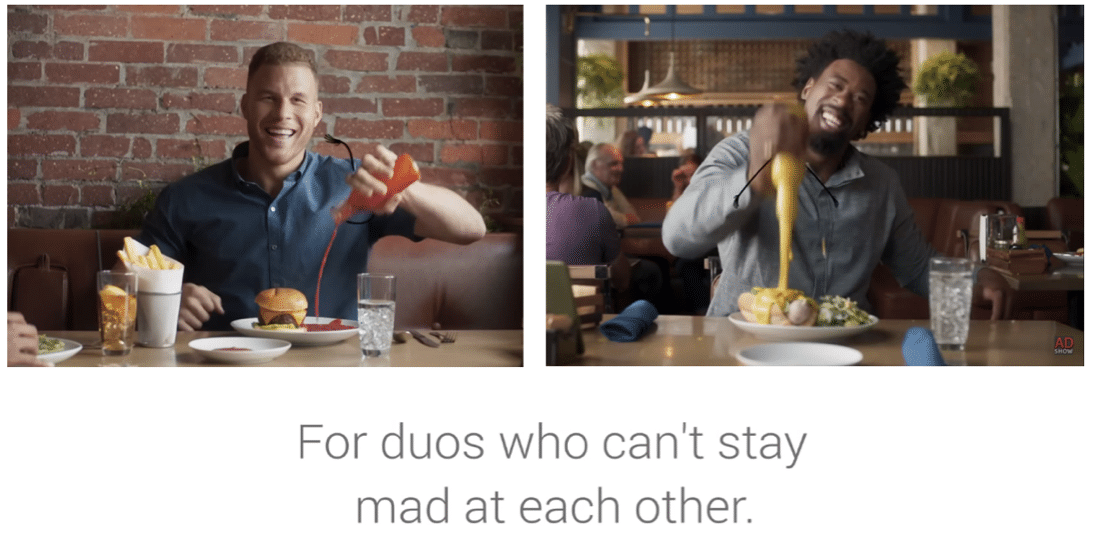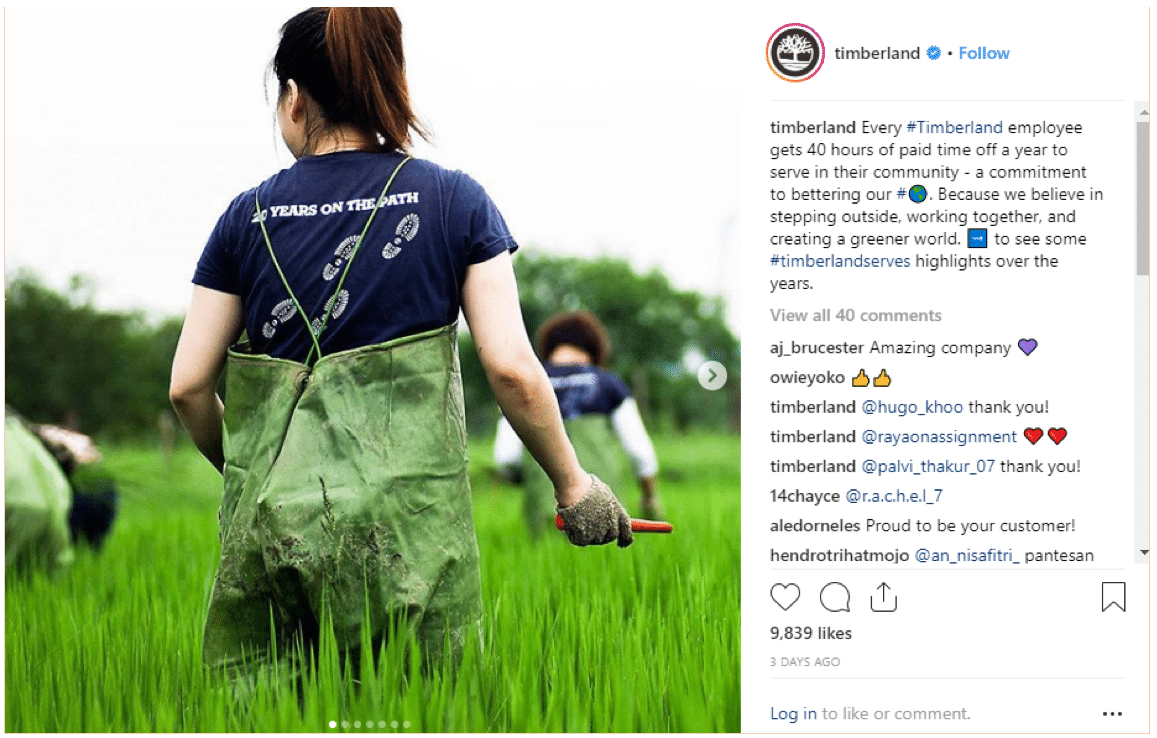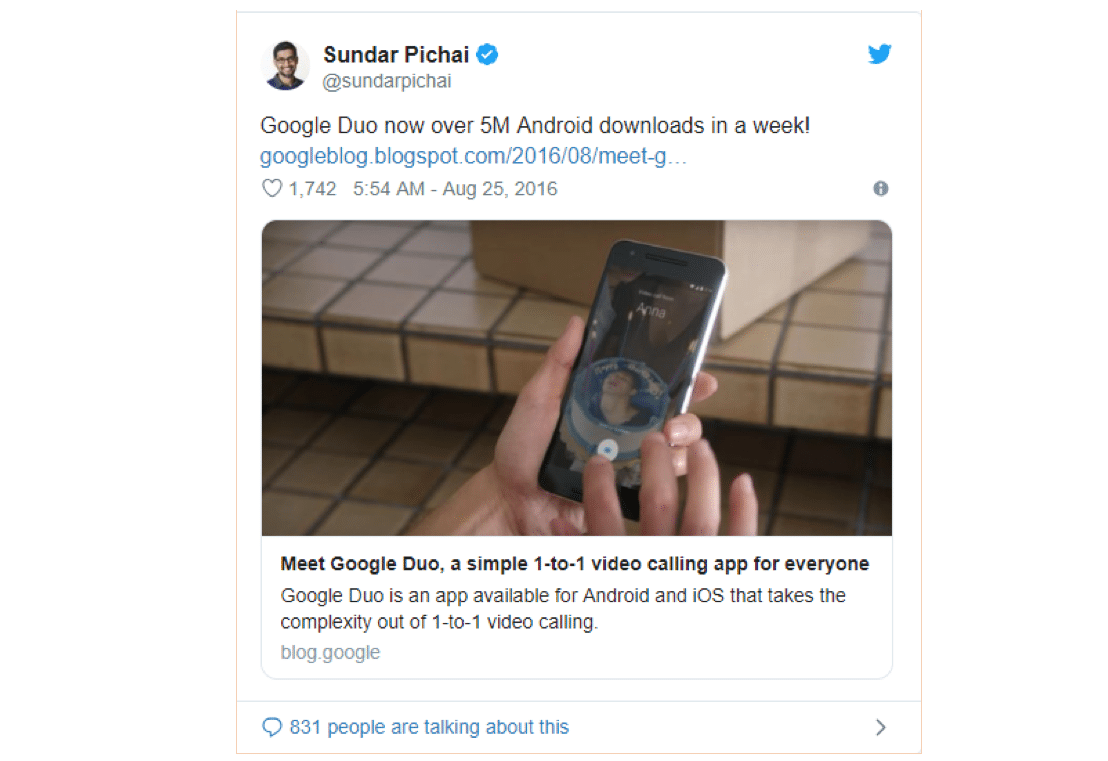Imagine a situation: you invited your best friend to dinner but he said that he has to work. No big deal, right? So you invite another person to dinner. You’re having tasty veggie burgers and everything seems to be perfect, but then this happens:
You look at the other side of the dining room and there you spot your best friend, having a nice chat with someone else. Why is he there? He has to work, right? In a couple of seconds, he realizes that you’re looking at him and immediately you see that he feels bad.
Awkward, right? This is a perfect recipe for a fight between two friends.
Maybe—but it’s also a great scenario for an awesome piece of branded content.
The essence of branded content
I totally realize that the introduction might have been a little bit confusing for you, so let me now explain. The scenario that was described was actually used by Google in its video commercial for Google Duo, a video chat app.
It features two well-known NBA players, Blake Griffin and DeAndre Jordan, and they find themselves in this situation. Apparently, Griffin told Jordan that he had practice, but he is having lunch with another person instead. A breakfast drama, indeed.
Credit: Google Duo Commercial, YouTube screenshot
The players are known to be friends and they were on the same team at the time, so the moment is definitely awkward. But does that mean that the two will have a fight?
Well, not exactly. They get help from an unexpected source—Google—and it’s really cute.
The two engage in a face-off (actually their roles are played by a bottle of ketchup and a bottle of mustard that have a video chat via Google), and ultimately, they patch things up (apparently, Jordan cannot say no to going to a party where pigs in a blanket are served). The interaction is really funny and certainly worth watching.
Credit: Google Duo Commercial, YouTube screenshot
The video ends with the slogan: “For duos who can’t stay mad at each other.” Just like that, what started as an awkward situation eventually turned out to be a very funny experience to observe.
Now, let’s analyze this awesome piece of branded content.
The brand—Google—uses two individuals who are known to be good friends, puts them into a situation that can result in a fight, and then shows how the two patch things up while talking via Duo in a really funny way.
That’s the essence of branded content:
Generate a positive response among viewers and appeal to certain emotions to associate a brand with the emotions or values that the marketing campaign tries to communicate.
The video by Google certainly creates positive emotions and does a great job associating Duo app with friendship and forgiveness. All of this, without a single word about the app itself!
Now let’s go over the features of branded content to make sure that you know how to create content like the Duo commercial by the time you’re done with this article.
How to create positive, engaging branded content without being salesy
The list of the requirements that you need to meet to create an awesome piece of branded content includes the following.
1. Focus on values, not product
Watching a product-focused branded content would surely make viewers much more skeptical about its value. The reason is simple: no one likes hard-sell advertising (there’s evidence that about 25 percent of Internet users blocked advertising on their devices, and the number is growing). So that’s why branded content like Duo’s commercial was created in the first place.
So let’s repeat:
Branded content marketing doesn’t promote a product or brand benefits. Instead, it focuses on values promoted by the brand. In the case of Duo ad, this is friendship, and the end of the video is a beautiful illustration of that, as Griffin and Jordan are again happy.
Credit: Google Duo Commercial, YouTube screenshot
The message at the end of the video supports it, too. No mentions of awesome video call quality, an easy-to-use menu, and things like that.
2. Tell a story
Storytelling is a popular technique among digital marketers, and for a good reason. People love stories, and they find it easier to connect with brands that share real, engaging, and emotionally appealing stories.
Besides, stories are a great way to stand out in the sea of content produced by competitors. In fact, there’s a new technique called brand storytelling, which is quickly gaining momentum in the marketing world.
Forbes calls it “the future of marketing,” and explains that in addition to promoting products and giving customers reasons why they should buy them, businesses“need to start sharing the story behind their brand, why it exists, and why this matters, consistently across all communication.”
So, to create a great branded content, focus on the values that you stand for in your story. Get inspired by the brands who have taken this to the next level, like Timberland, which even produces reports on their progress toward meeting sustainability goals.
Credit: Timberland’s Instagram
People who share the same values will definitely appreciate your content. On top of that, they will be much more willing to connect with you and even spend more on your products; as found by the State of Fashion 2018 report by BoF & McKinsey, 66 percent of Millennials across the globe are ready to spend to more on brands that are sustainable.
A word of advice for you here: if you’re planning to expand your branded content marketing campaign on the international market, consider choosing one of professional localization tools mentioned at PickWriters to ensure that the meaning of your story is properly conveyed in another language.
There have been numerous marketing translation fails that damaged the reputation of brands, so avoid that by taking precautions.
3. Aim to spark conversation around your brand
The main idea here is to focus on impacting the target audience by telling them a story that they would want to share with others. For example, the abovementioned Google Duo commercial achieved this goal quite nicely. In just a week after the release, the app was downloaded more than 5 million times, according to Google’s CEO Sundar Pichai.
As of the time of this writing, the app has one billion installs (I guess this makes it easy to evaluate the performance of their product). Quite a success, and awesome marketing is certainly the main reason for this incredible performance.
This certainly requires some brainstorming, so here are some ideas to get you started:
- Review a hot topic without putting your brand at risk. Tie your content to a controversial topic, just like Nike did in a campaign featuring an NFL player Colin Kaepernick where they take a stand on police violence and institutional racism
- Focus on the interests of your target audience. By producing an entertaining, memorable, and valuable piece that considers the interests of your target consumers, you can attract their attention in a more effective way because you’re making it easy for them to relate to you
- Use humor. The Google Duo video is a perfect example of a branded content piece that creates positive emotions with humor.
One last thing
As you can see, branded content is a unique type of content that focuses on the values it has for the customer instead of a product or its features. With people getting more and more tired of traditional advertising, it’s clear that the use of branded content marketing will become widespread (after all, Forbes doesn’t call something “The future of marketing” for nothing).
One more thing before you go, and it’s as important as everything we’ve reviewed so far: be creative. It’s that secret ingredient that dramatically increases the effectiveness of branded content by making people experience certain emotions, just as I smiled when I was watching the bottle of ketchup and a bottle of mustard talking about pigs in a blanket.


